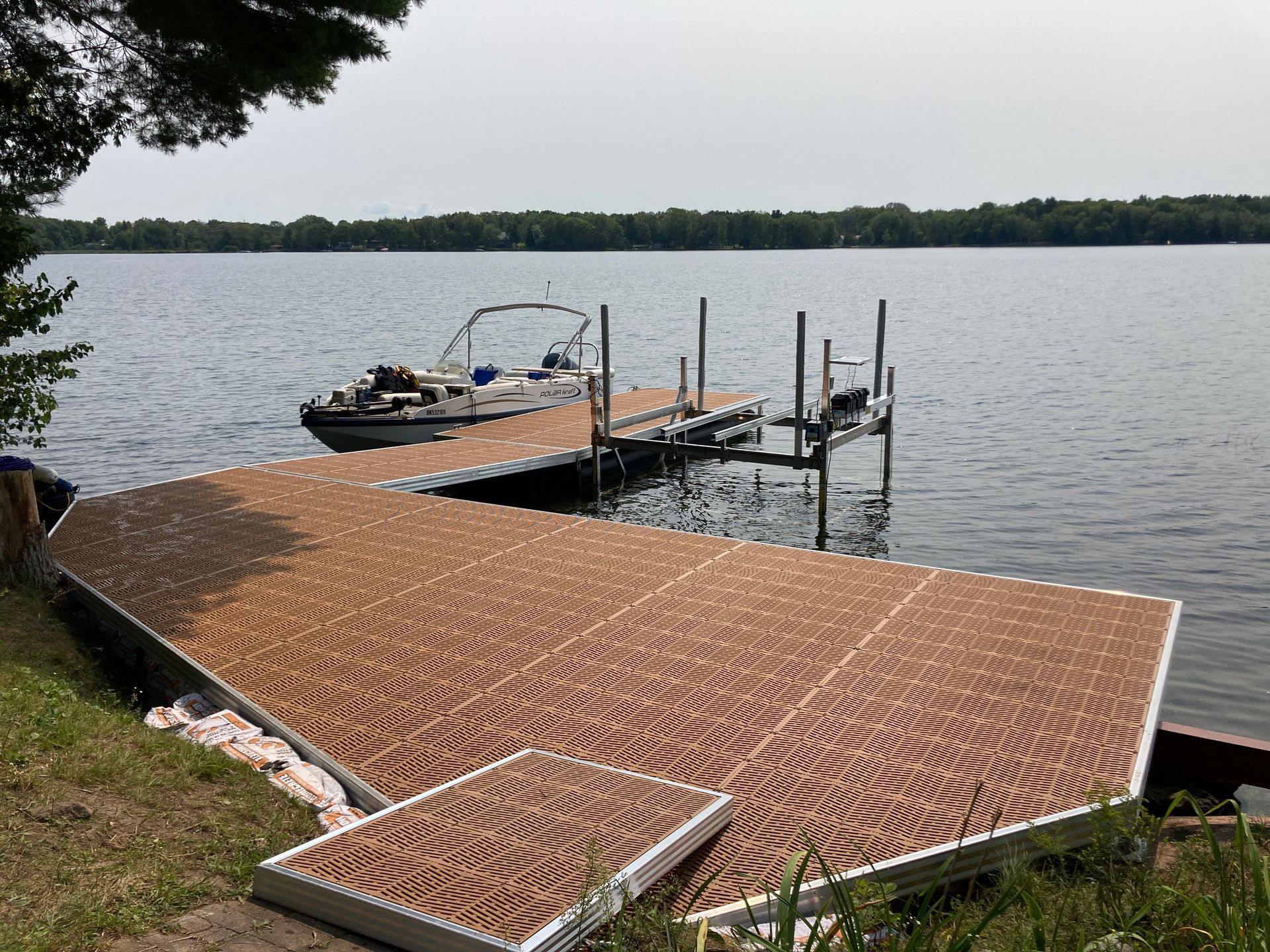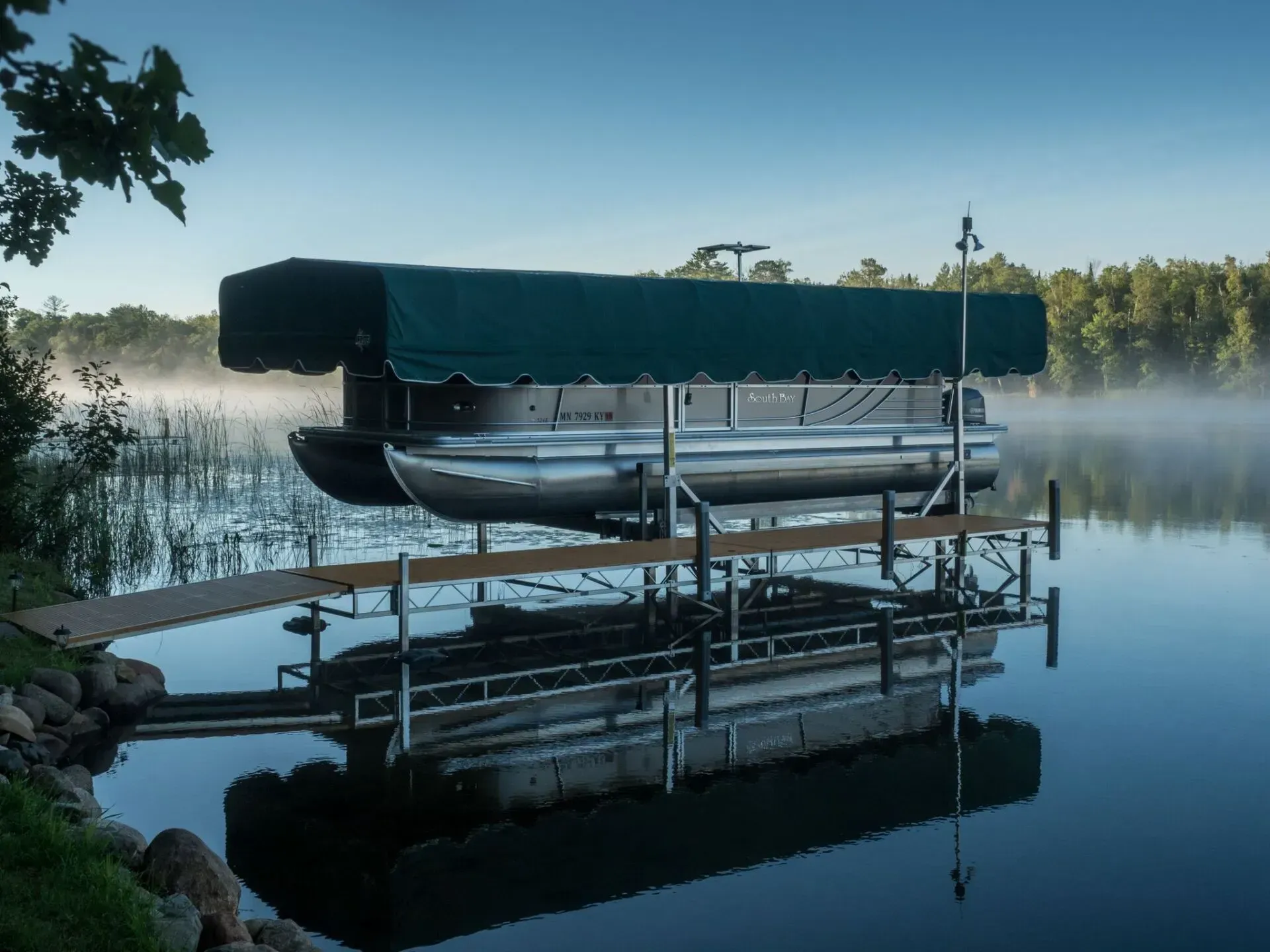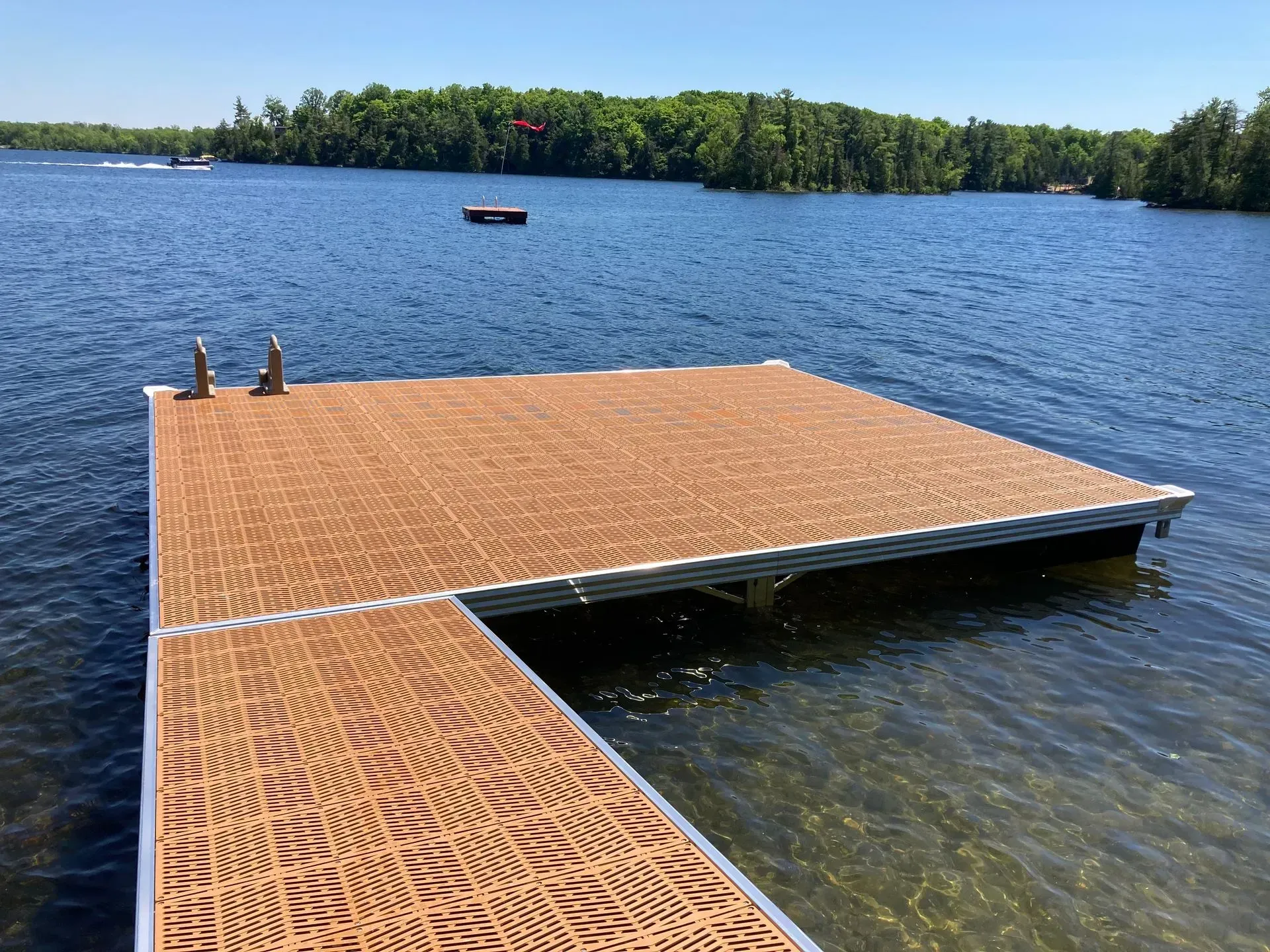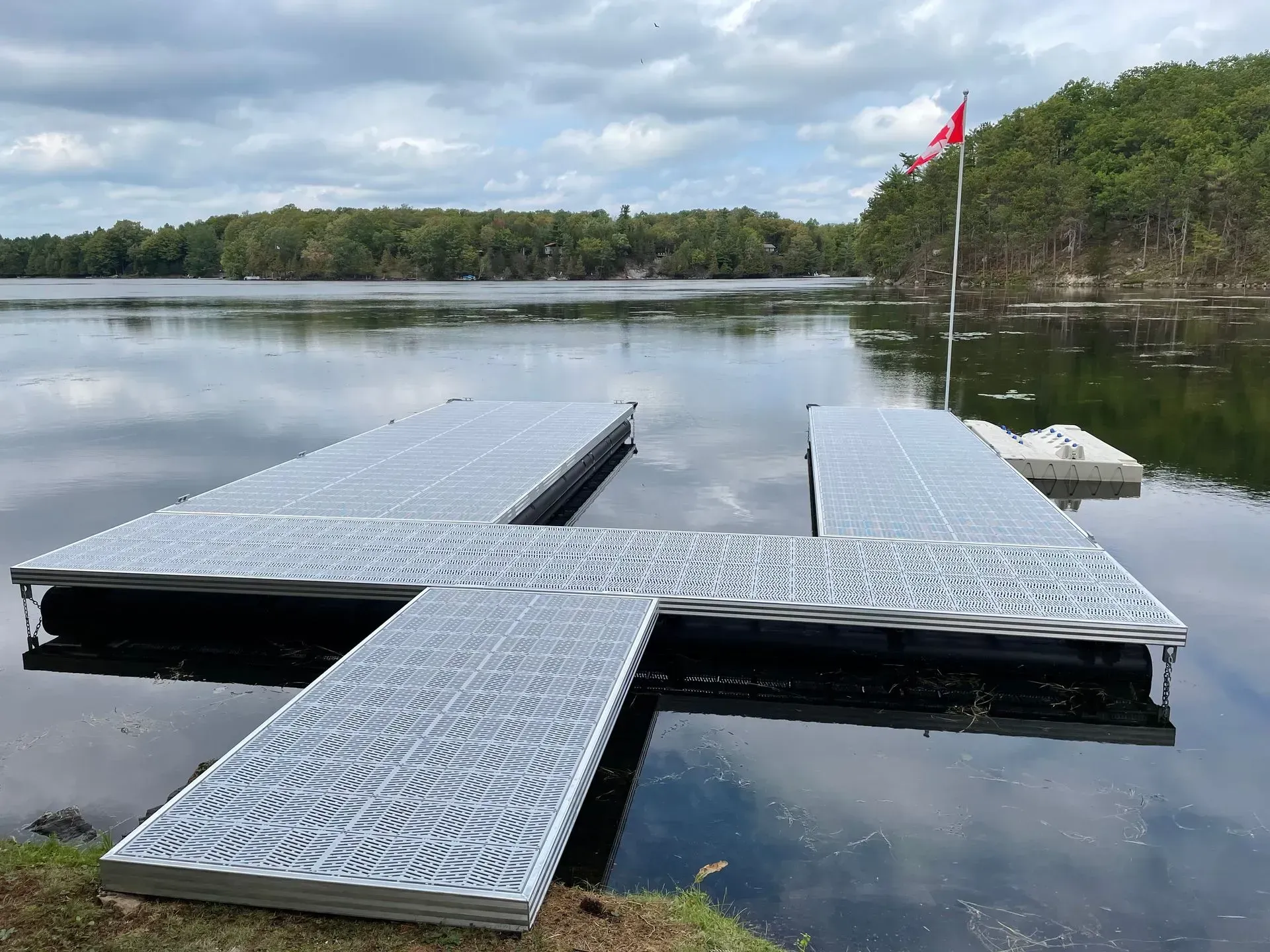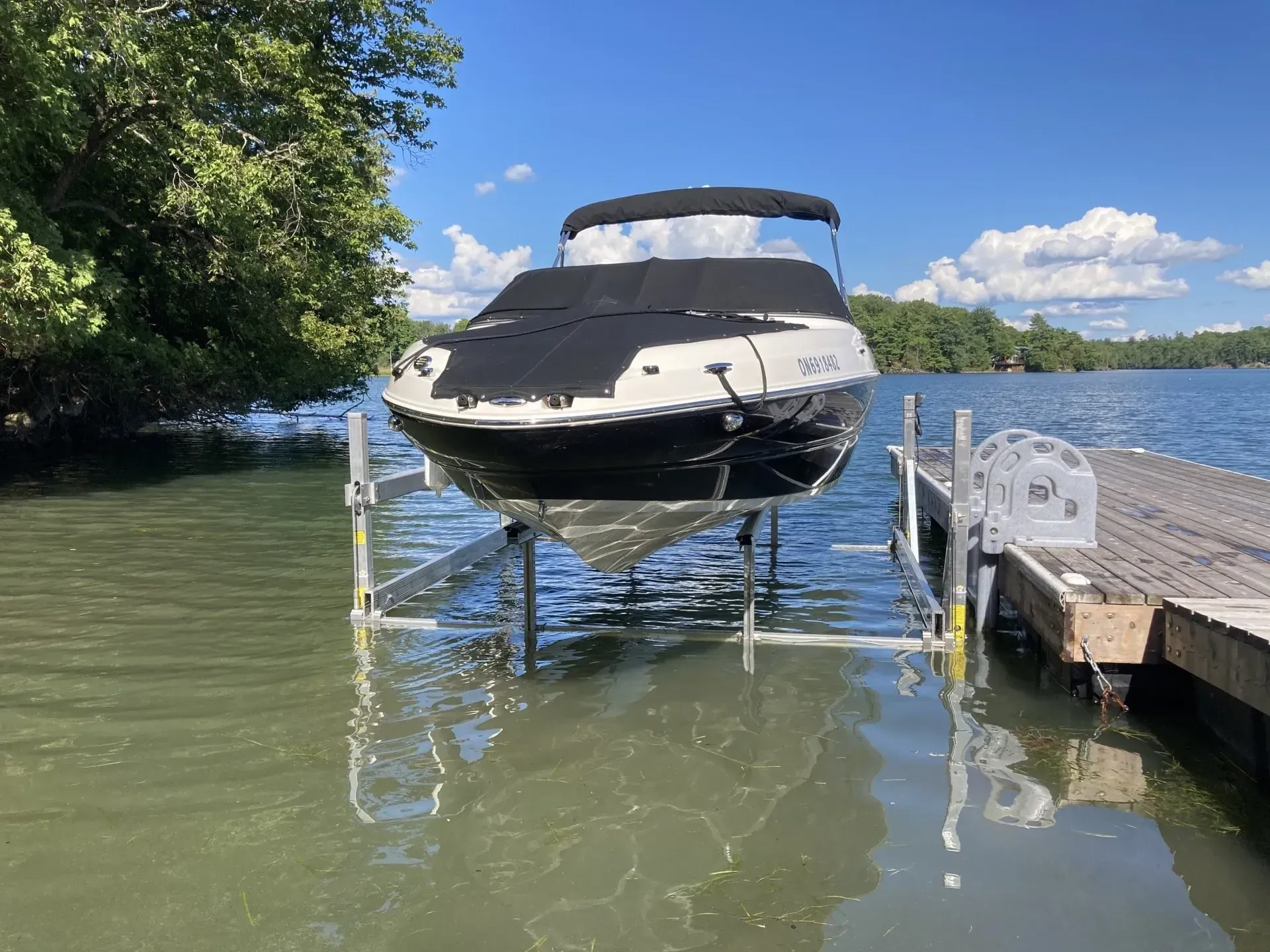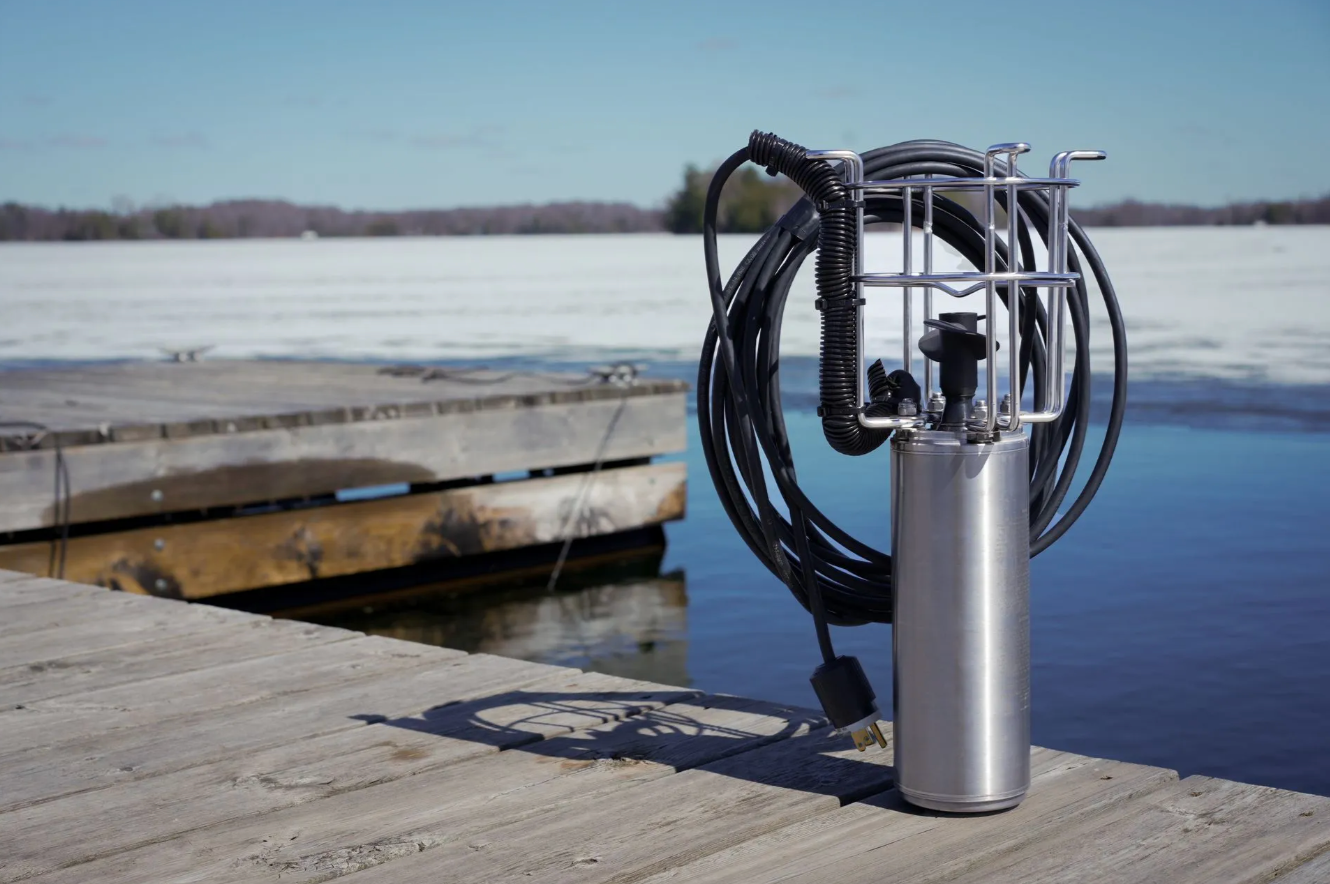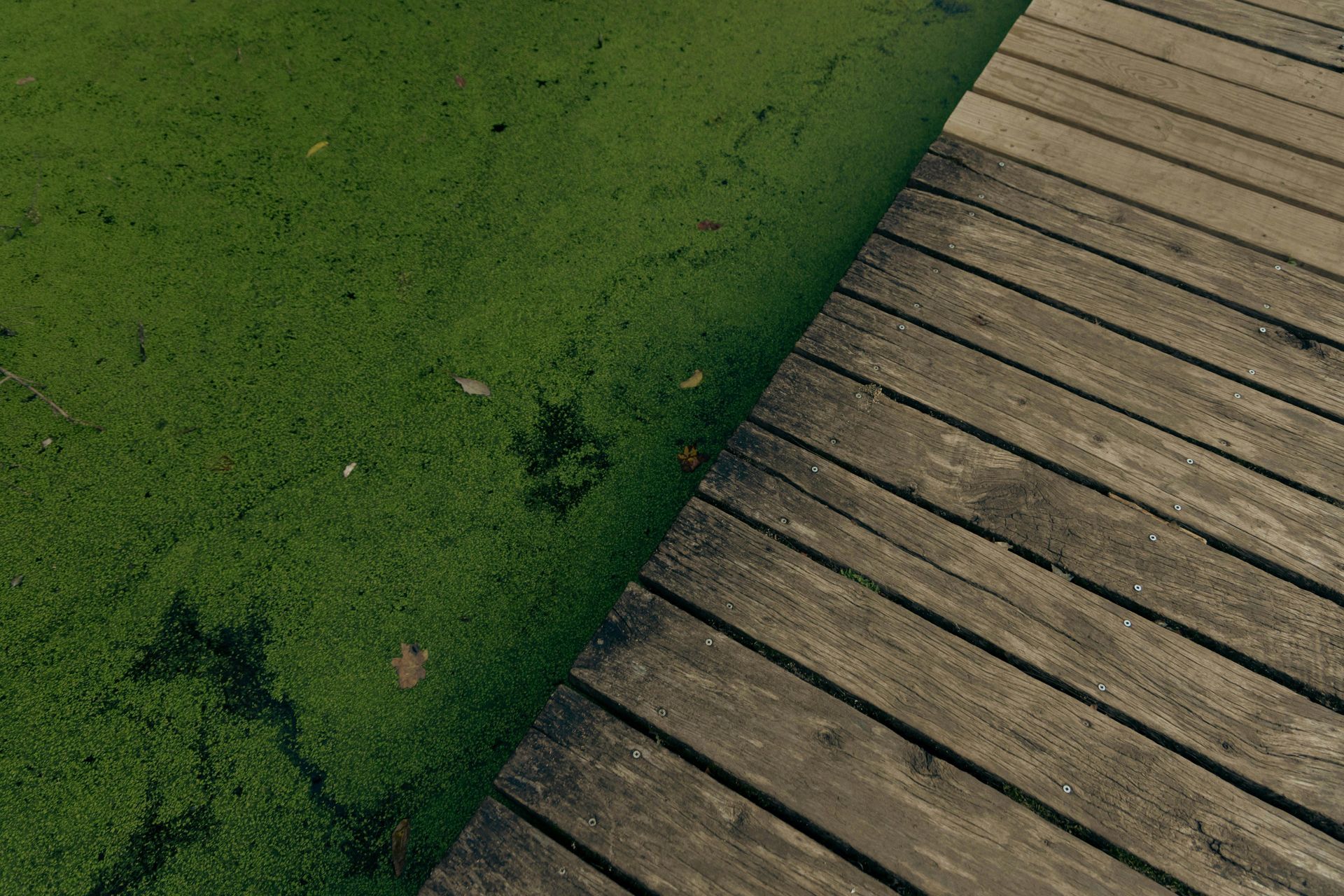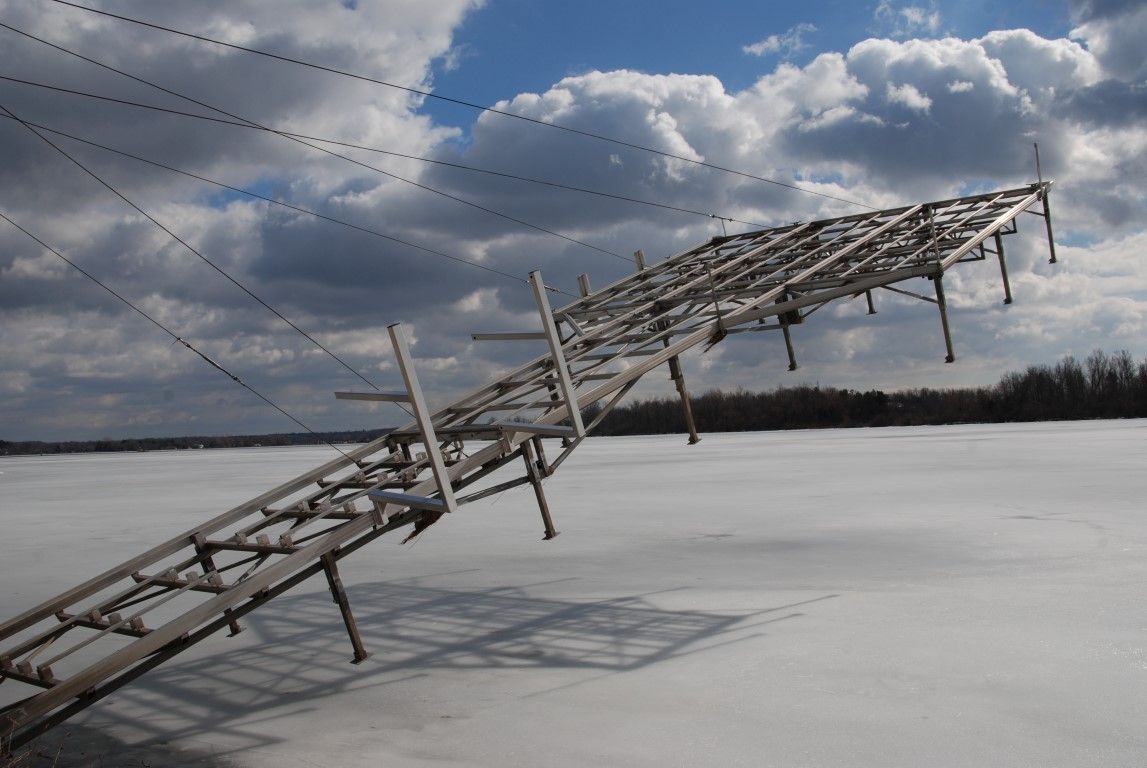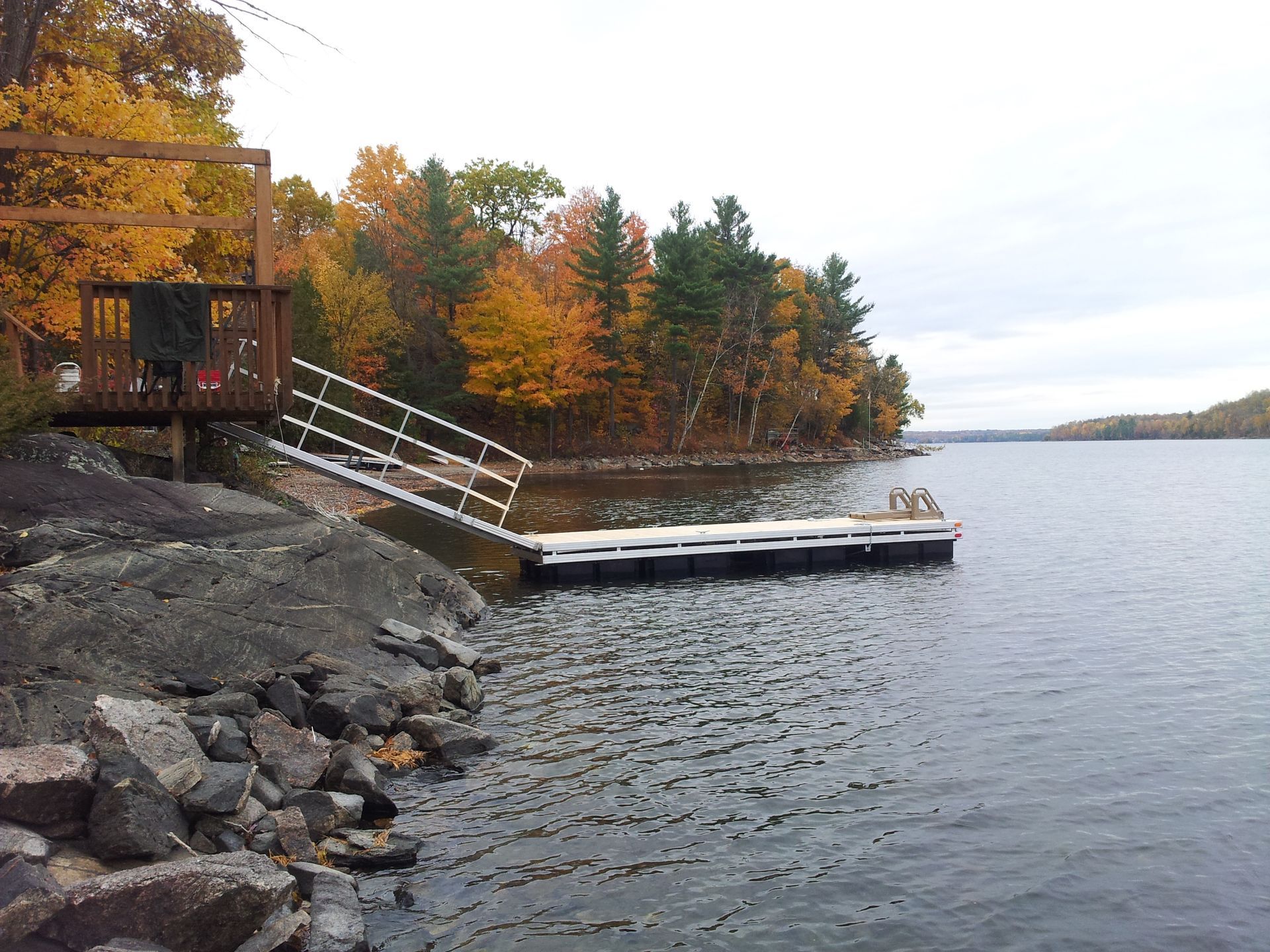After the Freeze: How to Inspect Your Dock and Boat Lift for Ice Damage in Ontario
When Ontario’s winter ice finally melts away, it often leaves more behind than just cold memories. The freeze-thaw cycle can put massive stress on your dock and boat lift, shifting, bending, or cracking parts that looked perfectly solid last fall. Even if you took the time to winterize, it’s important to complete a thorough spring inspection before you start using your waterfront again.
This guide walks you step by step through what to look for, when to look for it, and how to decide whether your dock and lift are safe for another season- or if it’s time for repairs.
Why Ice Damage Happens
Ice is one of the most powerful natural forces acting on your waterfront. As water freezes, it expands, pushing against posts, anchors, and frame connections. Shifting ice sheets can drag against floating sections or lifts, twisting them out of alignment.
Some of the most common problem areas include:
- Joints and connectors – bolts and brackets loosen under repeated stress
- Frames – bending or warping from ice expansion
- Pilings and posts – cracks, movement, or uneven settlement in frozen ground
For more background on how ice and shoreline conditions interact, the Ontario Ministry of the Environment, Conservation and Parks has useful resources.
When to Inspect
The best time to check your dock and boat lift is as soon as the ice has cleared but before high spring water levels or heavy winds arrive. This ensures you can spot problems early, before they get worse- and before you or your family step foot on the dock.
According to an
engineering study on ice loads for waterfront structures, even small shifts in ice can put thousands of pounds of pressure on dock components. Early inspection is key to preventing failures.
Step-by-Step Dock & Boat Lift Inspection
Visual Structural Inspection
- Walk around your dock looking for warped or cracked beams
- Check for loose or missing bolts and connections
- Make sure frames and decking appear square and level
Below-Waterline Checks
- Examine posts or pilings for rot, cracks, or shifting
- Look for erosion around the base of posts
- If possible, inspect the underside for rust, algae buildup, or signs of weakness
Hardware & Mechanical Inspection
- On boat lifts, inspect pulleys, cables, and winches for rust, fraying, or slack
- Test motors or gearboxes before putting a boat on
- Confirm fasteners are tight and moving parts are lubricated
For extra guidance, the Canadian Recreational Boating Industry Association offers additional inspection and maintenance tips.
Anchoring & Stability
- Check chains, anchor points, and cable tension
- Look for signs of shifting- if the dock feels loose underfoot, take note
Repair or Replace?
Not all damage means a full replacement is required. Here’s a quick way to decide:
- Repair: Minor cracks, loose bolts, surface rust, or individual cable replacement
- Replace: Bent structural beams, cracked pilings, widespread rot, or compromised lift frames
When in doubt, remember: the cost of a professional inspection or small repair is far less than the cost of structural failure mid-season.
Preventing Ice Damage Next Season
While no system is completely ice-proof, a few steps can reduce the risk next year:
- Invest in
Arbrux de-icers or aquatic systems to keep ice from locking around posts.
- Reinforce anchoring systems and check them in the fall.
- Follow proper
dock winterization practices to relieve pressure on lifts and frames.
- Monitor changing water levels and remove sensitive equipment before deep freeze.
If you’re choosing a new lift, see our article on
picking the right boat lift for your property- the design can make a big difference in how well it handles Ontario winters.
Summary: Your Post-Ice Checklist
- Inspect frames, posts, and anchors for visible stress
- Check all cables, pulleys, and mechanical parts
- Test electrical and motorized components before use
- Decide on
repair vs. replace quickly to avoid peak-season delays
Taking time now ensures your dock and lift are ready for a safe, worry-free season on the water.
